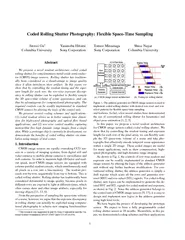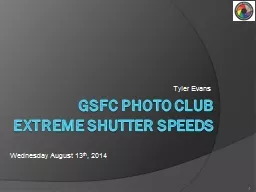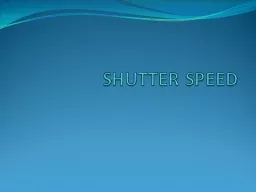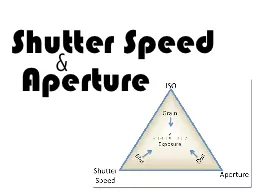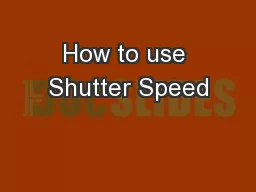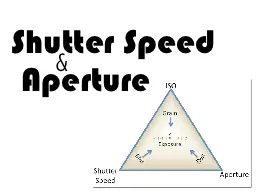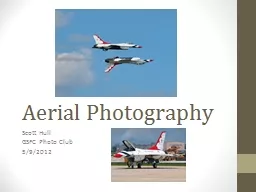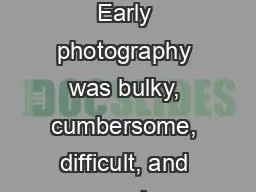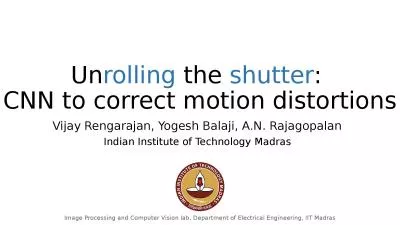PDF-CodedRolling Shutter Photography Flexible SpaceTimeSam
Author : stefany-barnette | Published Date : 2015-05-17
Rolling shutter has tradition ally been considered as a disadvantage to image quality since it often introduces skew artifact In this paper we show that by controlling
Presentation Embed Code
Download Presentation
Download Presentation The PPT/PDF document "CodedRolling Shutter Photography Flexibl..." is the property of its rightful owner. Permission is granted to download and print the materials on this website for personal, non-commercial use only, and to display it on your personal computer provided you do not modify the materials and that you retain all copyright notices contained in the materials. By downloading content from our website, you accept the terms of this agreement.
CodedRolling Shutter Photography Flexible SpaceTimeSam: Transcript
Download Rules Of Document
"CodedRolling Shutter Photography Flexible SpaceTimeSam"The content belongs to its owner. You may download and print it for personal use, without modification, and keep all copyright notices. By downloading, you agree to these terms.
Related Documents

